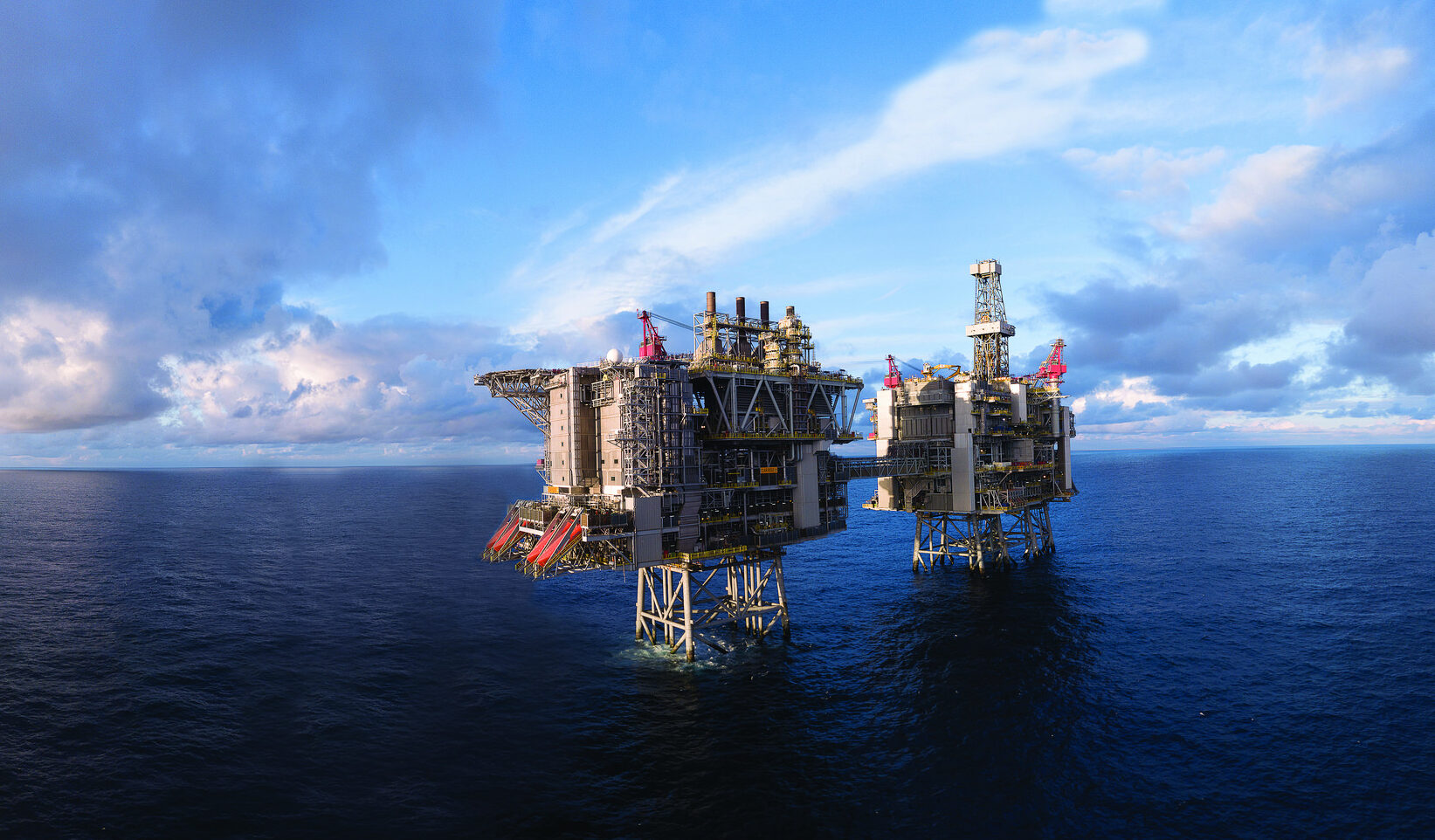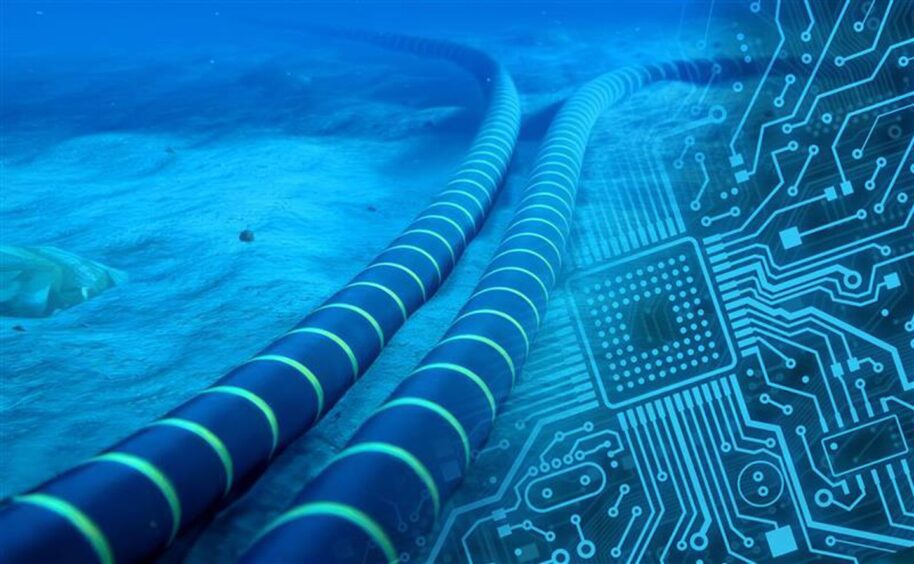
Artificial intelligence (AI) experts say the emerging technology will play a “crucial role” in future energy systems, emerging as a new frontier in the energy transition.
AI is already reshaping industries from medicine to super computing, and the technology is increasingly being applied within the UK energy sector.
Professor Valentin Robu is an expert in AI for decentralised energy systems at Centrum Wiskunde & Informatica (CWI), the national research institute for mathematics and computer science in the Netherlands.
He told Energy Voice AI “already plays, and will continue to play, a crucial role in energy systems”.
Professor Robu said AI will have particularly useful applications in monitoring offshore renewable assets, like wind farms, using both data analytics and robotics.
“Many of these assets are located in extreme environments (e.g. subsea), where human inspection and maintenance is difficult,” he said.
“This is a crucial challenge, because first of all, these environments are very harsh, and assets can degrade much faster than on land.”
Offshore infrastructure
Professor Robu said monitoring critical offshore energy infrastructure, including wind turbines, subsea cables and hydrogen pipelines, will become increasingly important due to security of supply risks, both from accidents and malicious actors.
The UK is already home to several major projects focused on offshore energy assets, including the Offshore Robotics for Certification of Assets (ORCA) Hub.
But the use of robots in offshore monitoring is not without its challenges, Professor Robu said.
“One of the challenges is that robots controlling assets have to act remotely in offshore environments, without a human in the loop, as remote control is often difficult and not even possible,” he said.
“A robot malfunctioning can do damage not only to itself, but also to the asset (cable/ pipeline) it is monitoring, with potentially very bad consequences.
“In these cases, the issue of safety-critical AI, and verification of the behaviour of autonomous robots is increasingly critical.”
AI in the energy market
Professor Robu said AI is also likely to play a key role in the energy market itself, with the technology allowing for generation and storage assets to act autonomously using AI-enabled software.
Network operators in the UK and the Netherlands are already participating in large scale projects focused on AI energy system integration, including the ReFlex project in Orkney.
Professor Robu said that compared to AI applications centred on large language models, like OpenAI’s ChatGPT, which have gained a lot of attention in the past year, the energy sector is “just scratching the surface” of the potential for AI.
To realise that potential, Professor Robu said fostering multi-disciplinary knowledge and collaboration is “of crucial importance”.
Professor Robu said the UK and Scotland are “very well positioned in this space”, with a “strong and vibrant research community”.
“But, of course, there are challenges, this is a competitive space, with international competitors (US, China, Asian countries, etc.) playing an increasingly competitive role, and scaling up research capabilities, often faster than in Europe,” he said.
As in other energy disciplines, skills shortages are also a key challenge for AI companies in the UK.
AI North Sea safety applications
In addition to applications for grid planning and pipeline routing, AI is also playing an emerging role in operational process safety in the North Sea.
Data science firm Empirisys is part of an ongoing collaborative project to develop an AI-driven early warning safety system with BP.
The ‘DETECT’ project involves the development of algorithms to take in large volumes of data to establish “proxy indicators of error traps”.
Using machine learning, these indicators aim to provide operators with advanced notice of safety risks to allow them to take action before a safety incident occurs.
In layman’s terms, Empirisys chief executive officer Gus Carroll describes it as being “like a check oil warning on your car”.
Managing human error
Mr Carroll said when a safety incident occurs, it is often due to a combination of a failure of hardware and ‘human error’.
“But human error conceals more than it reveals,” he said.
“People almost always don’t just make a mistake, what happens is the organisation puts them into a position where if it’s not them, it’s going to be somebody else.”
Factors like fatigue, staffing levels, training and cognitive overload contribute to these “error traps”, Mr Carroll said.
In a previous project with an onshore petrochemical refiner in the United States following a fatal incident, Mr Carroll said Empirisys identified a “very specific subset of their maintenance data” which was “statistically, a very strong indicator of low level process safety events”.
These low level events were themselves precursors to serious incidents, and Empirisys is now working with the company to roll out the system across its manufacturing sites worldwide as an embedded safety indicator.
But while one of the main questions about the future of AI technology whether it will replace humans, Mr Carroll said this isn’t the goal of Empirisys.
“We actively do not try to automate decision making,” he said.
“This is our way of amplifying human capability, amplifying decision making, accelerating decision making, but taking human out of the loop is really dangerous.”
Recommended for you


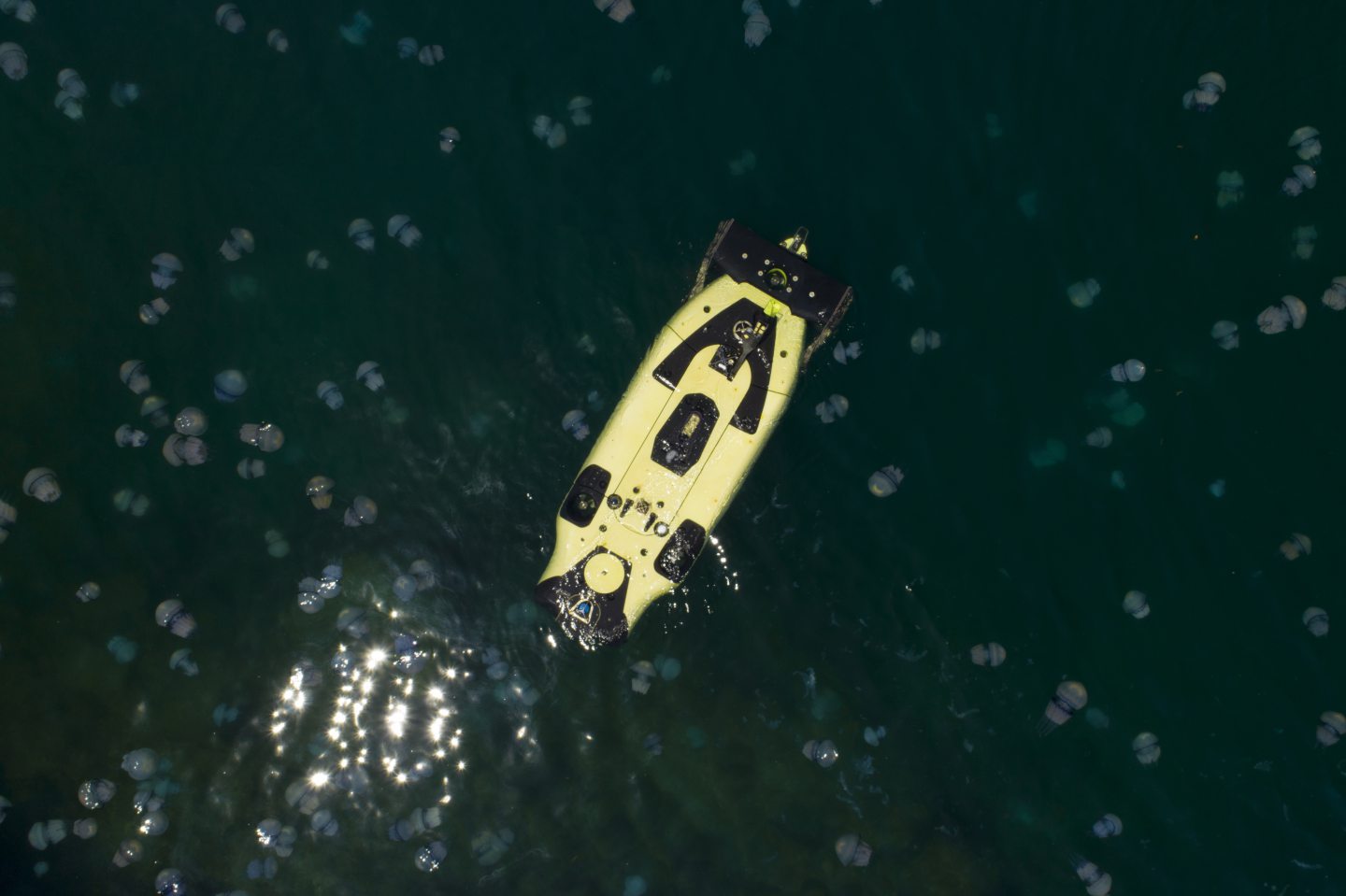 © Saipem
© Saipem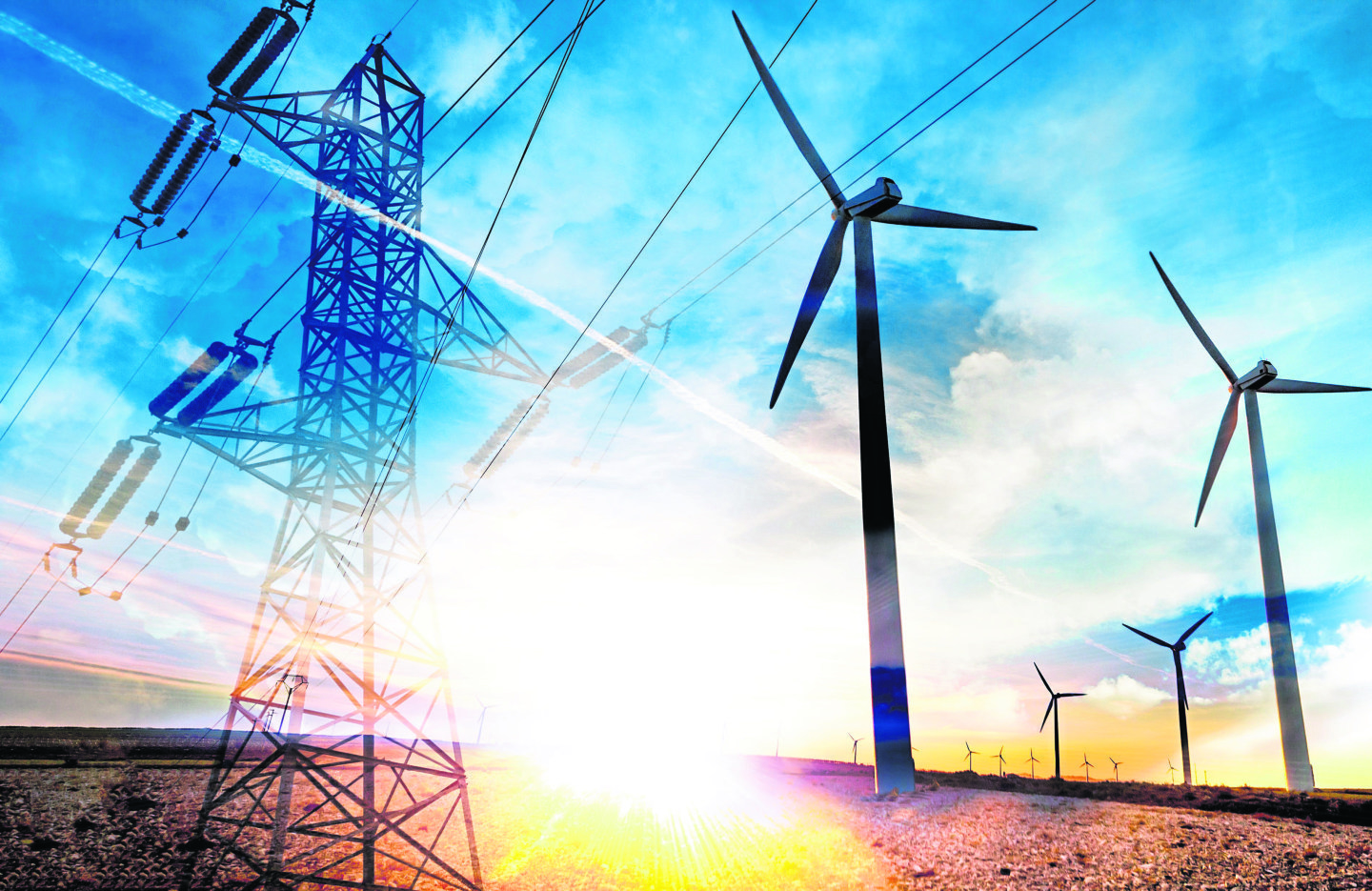 © Shutterstock / carlos castilla
© Shutterstock / carlos castilla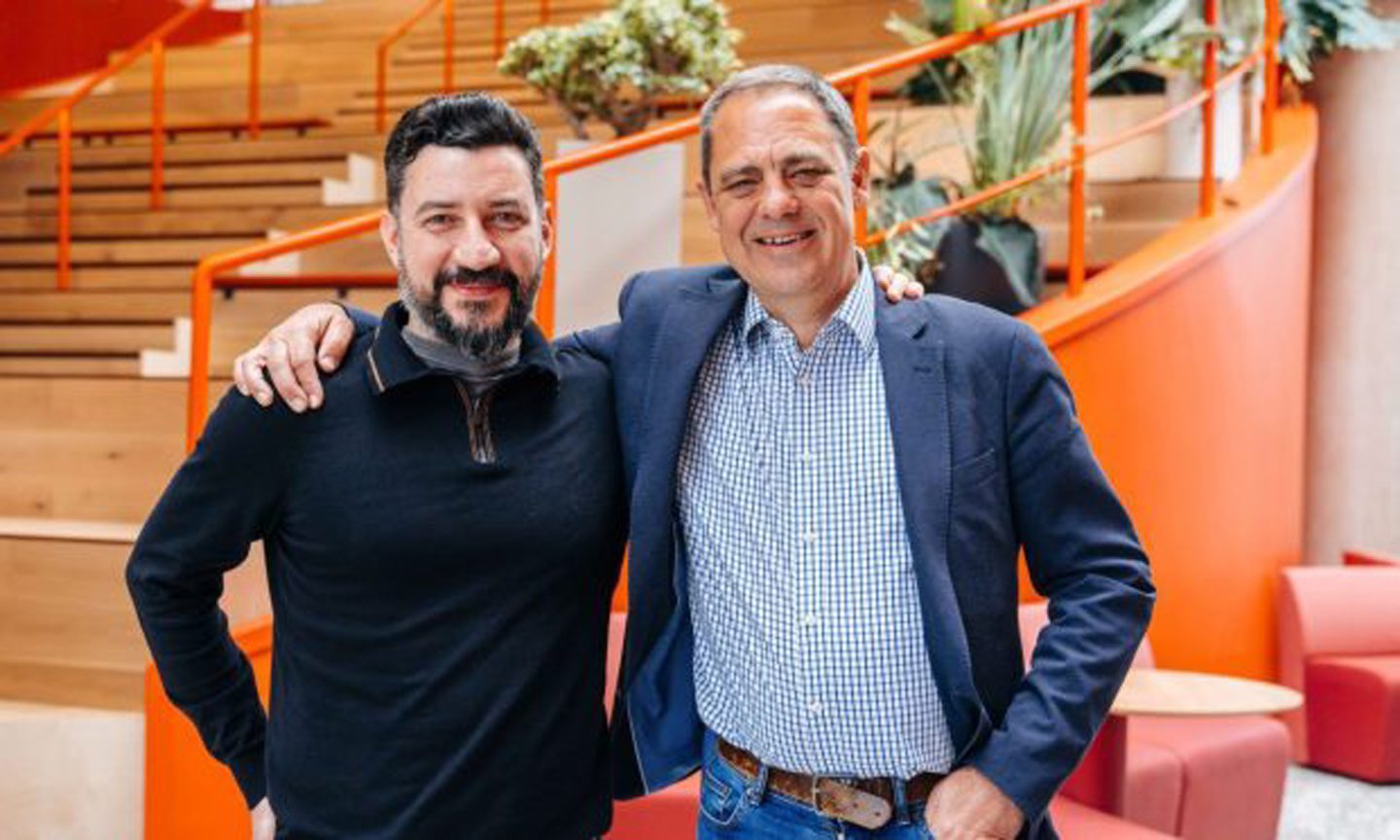 © Supplied by Bold St Media
© Supplied by Bold St Media